Yubeshi (ゆべし) is a traditional Japanese sweet. It has a long history and has changed a lot over time. This article explains what Yubeshi is, where it came from, and how it became a popular sweet in Japan.
What is Yubeshi?
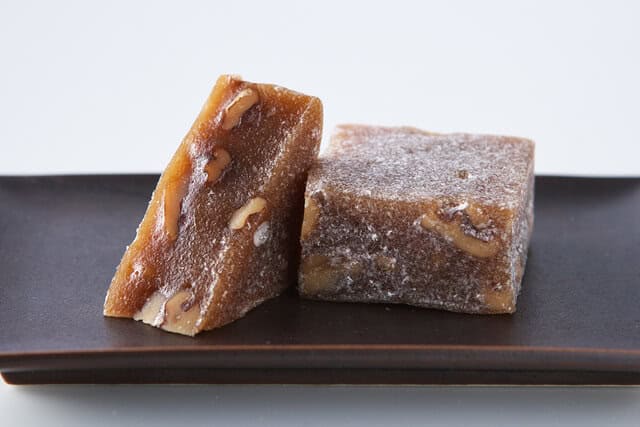
Yubeshi is a Japanese sweet that often uses yuzu, a citrus fruit, for its smell and feel. It is made by mixing yuzu with ingredients like rice flour, mochi syrup, miso, sugar, and soy sauce. This mix is then kneaded, steamed, or simmered. The name “Yubeshi” means “yuzu mochi cake,” but there are many types, not just yuzu ones. Some of this dish types use walnuts instead of yuzu.This dish can smell like yuzu or have the soft texture of walnuts, with different tastes from regional ingredients. It is a semi-fresh sweet, often steamed or made like mochi. Main ingredients are yuzu, glutinous rice flour, starch syrup, and sugar.
History of Yubeshi
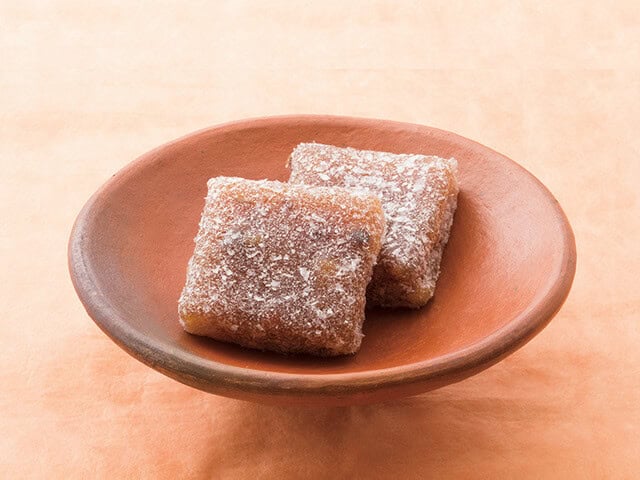
Yubeshi started during the Genpei period, a time of war in Japan. It was used as “hyōrō,” or preserved food for warriors. It was easy to carry, quick to eat, and lasted a long time, making it good for soldiers. Yuzu fruit was common then, and it was steamed, dried, or pickled to make this long-lasting food. The Kikuchi clan used it during the Genpei War, and later the Totsukawa Gōshi used it in the late Edo period.
After the Edo period, this dish changed from a military food to a refined Japanese sweet. This happened as tea ceremonies and food culture grew. Its ingredients and ways of making it became more varied. Brands like Kannoya in Fukushima, started in 1860, show how this dish became a famous regional sweet. Even now, some this dish types still use long drying methods, like 10 days of sun-drying and then three to four months of air-drying, which were part of its original preservation.
Different Variations per region

Yubeshi types vary by region. “Yuzu-based” Yubeshi is common in Western Japan. For example, in Kumamoto’s Hitoyoshi-Kuma area, yuzu fruit is hollowed out and filled with miso, peanuts, sesame, ginger, and chili. This is steamed and sun-dried for two weeks, then air-dried for three to four months. In Kikuchi City, Kumamoto, rice flour is mixed with grated yuzu peel, miso, and sugar, wrapped in bamboo leaves, and steamed. “Walnut-based” Yubeshi, called “kurumi yubeshi,” is popular in Tohoku and Kanto regions like Fukushima and Yamagata. This type uses walnuts kneaded into a special mochi.
Takeaway
Yubeshi shows Japan’s cleverness in food hence, it changed from a soldier’s food to a popular sweet. Its many regional types show the strength of local traditions. This dish gives a look into Japan’s history and culture.
So if you like traditional Japanese sweets, you might also enjoy trying Mochi, Daifuku, Manju, or Dorayaki.

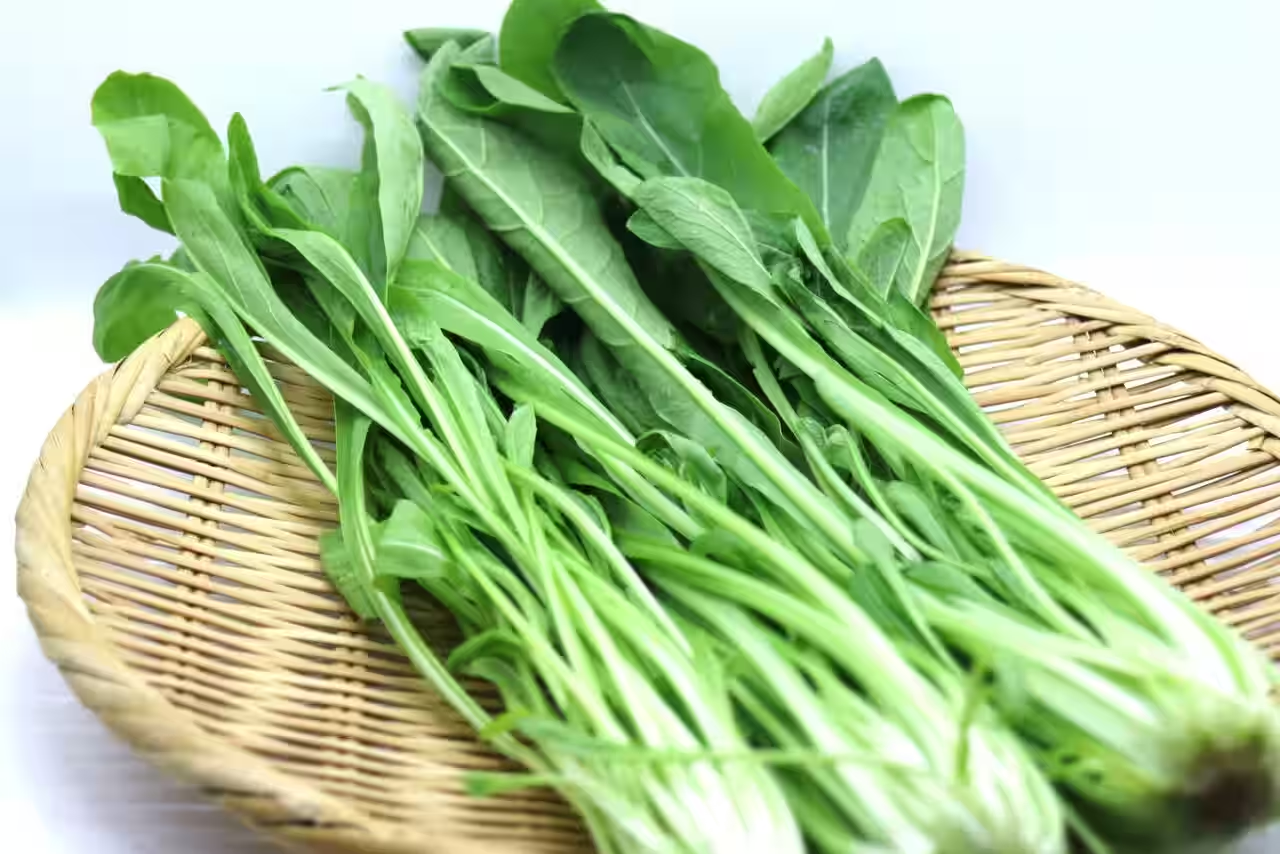
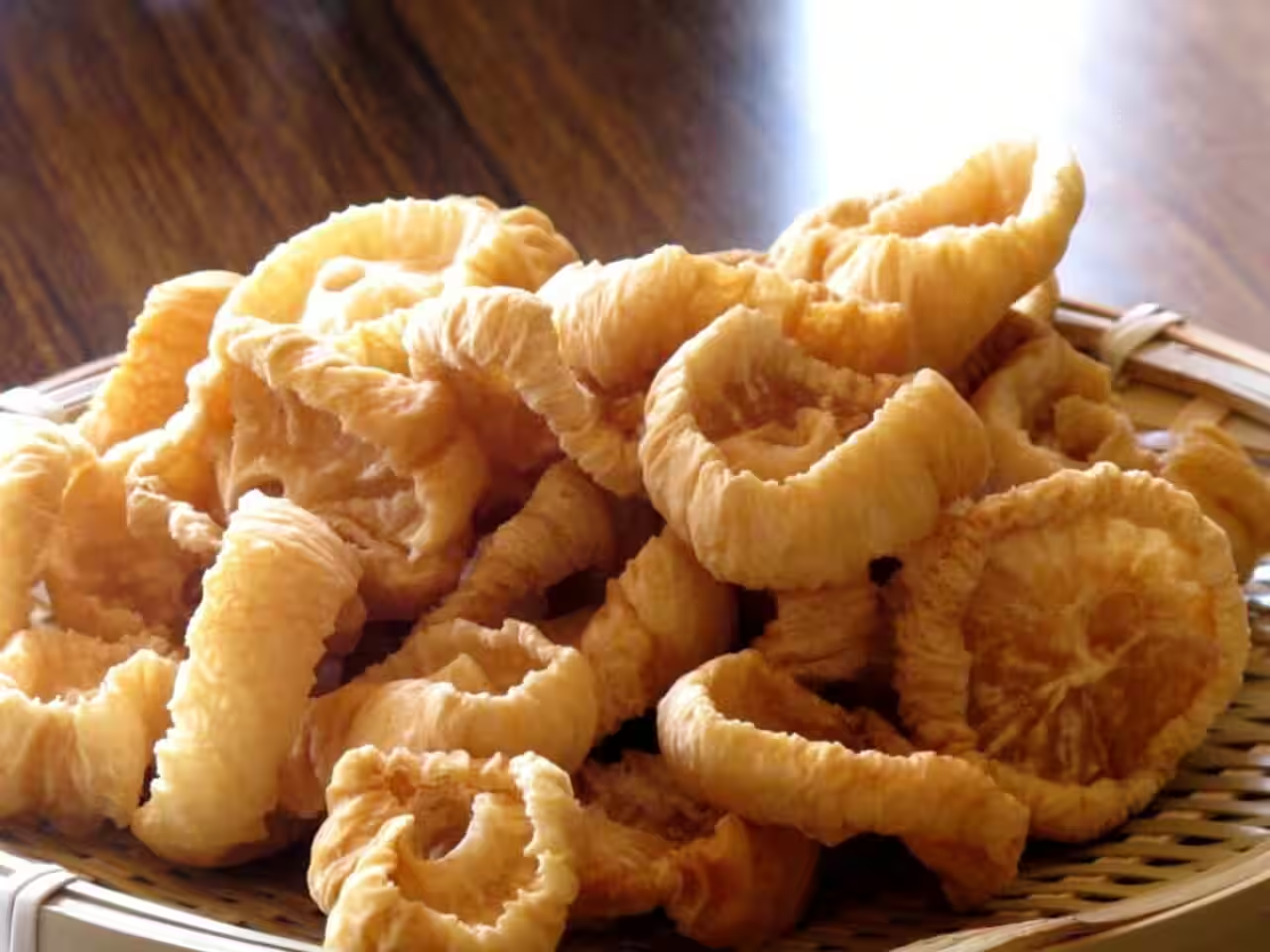
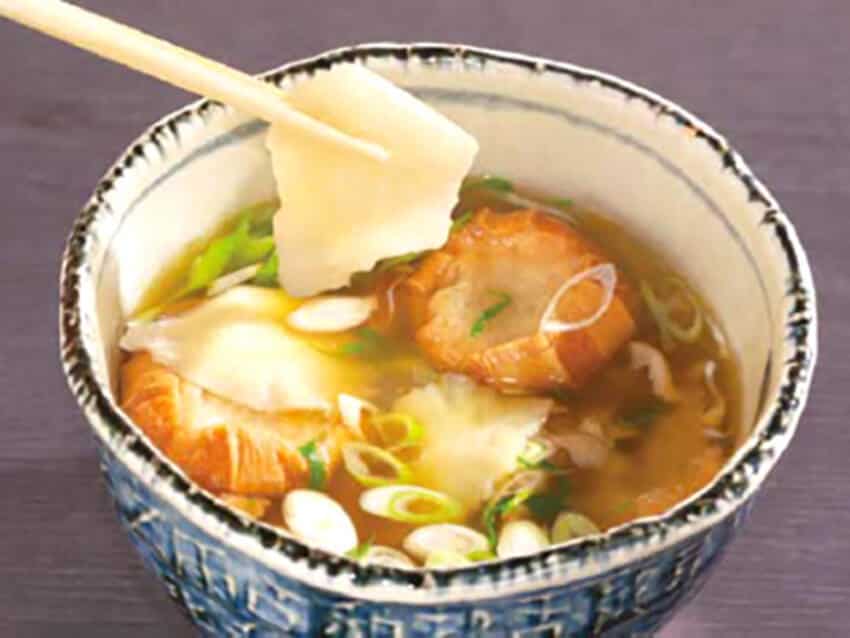


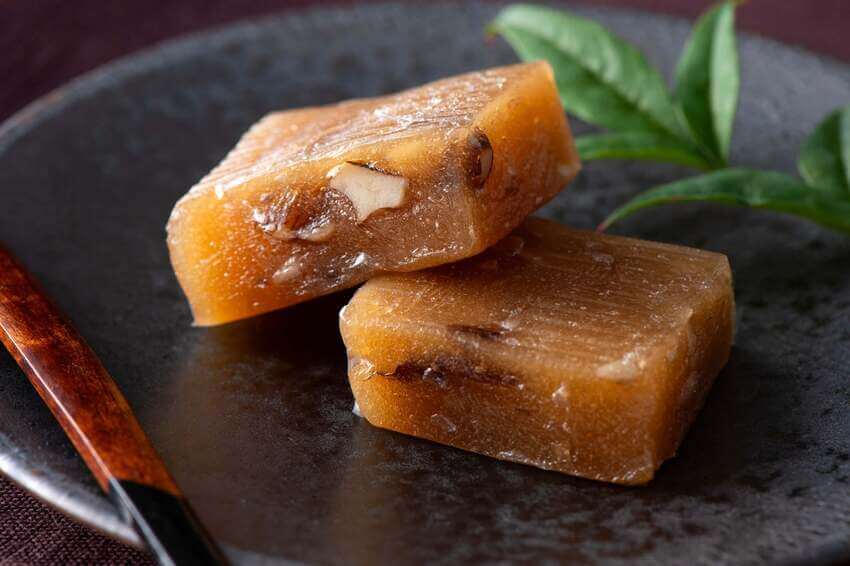
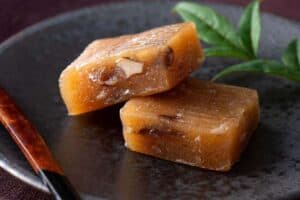
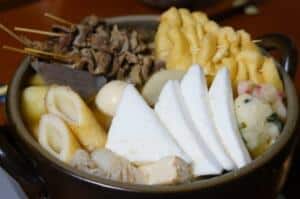
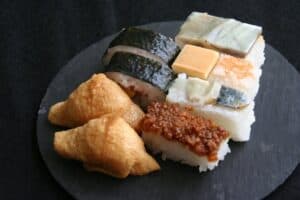
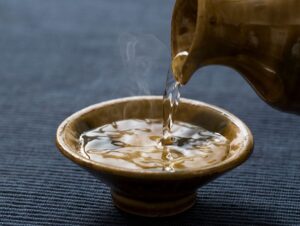
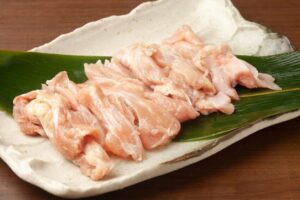


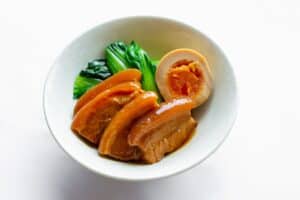
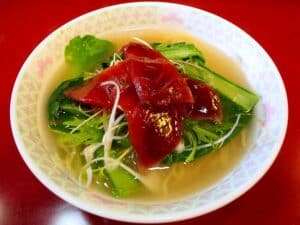
Comments